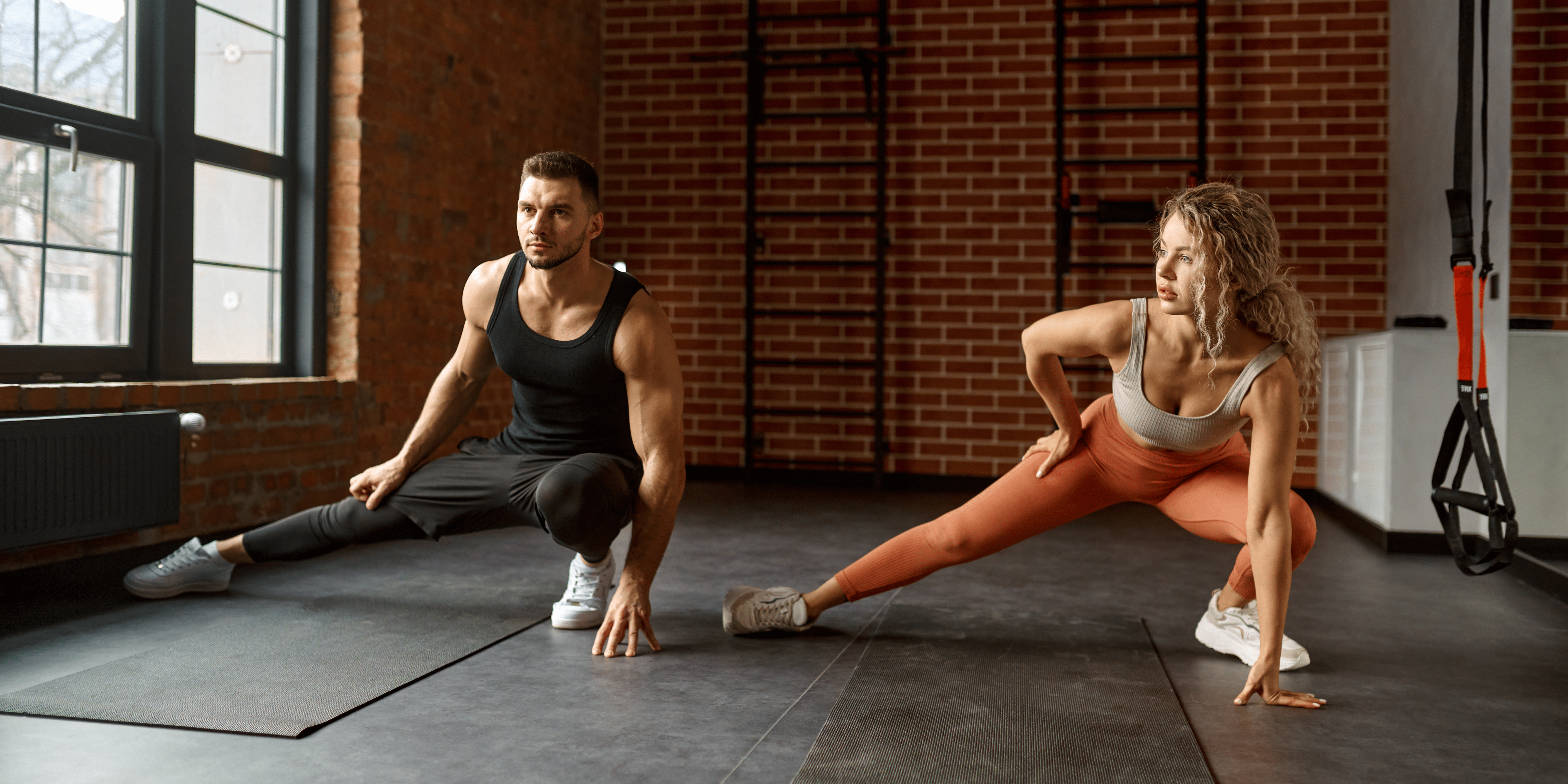
Whether you are 15, 35, or 95—exercising with your joints in mind is important. While you may not have joint pain when younger, keeping your joints healthy can help prevent arthritis and other injuries in the future.
Joints are the places in our skeleton where two bones meet. We have joints in our skull that are hard and rigid. We also have joints, like our knees, that have cartilage between the two bones to keep them flexible. Healthy joints ensure you can run, jump, climb, swim, play sports, and be active without pain.
Often, we think of our joints too late in life—when they start to ache and hurt—but there are many preemptive ways to help joints stay healthy and spry for longer.
1. Stay active
Staying active in any way helps keep joints young and healthy. In fact, every (unnecessary) pound you lose takes 4 pounds of pressure off your knees and 6 pounds off your hips. So essentially, any workout you do to maintain a healthy weight can help relieve joints.
Staying active also helps reduce joint stiffness. Avoid sitting in one position for too long or too often. If you work at a desk, be sure to get up and move, stretch, or take a walk every few hours.
Low impact exercises such as walking, swimming, cycling, and stretching are a great way to start getting active. Finding motivation can be hard, but it’s always worth it.
2. Always start with a warmup
Warming up before a workout is critical. For one, it prepares your body for the workout and gets your joints, muscles, and mind ready to exercise.
When you start with a warmup, it stimulates the synovial fluid in your joints. Synovial fluid is a thick liquid that helps lubricate the surface of your bones and reduces friction. When working out, synovial fluid helps joints absorb shock and move faster and smoother. This fluid also helps the surrounding muscles become more pliable, which decreases the risk of tearing.
When you first start exercising, you may feel more joint pain than normal. Starting with a warmup can help minimize pain as you go into your workout.
3. Maintain proper posture and stance when weightlifting
Strength training is a great way to maintain physique and joint health—if you’re doing it correctly. I remember the first time I tried my hand at lifting weights. I thought I would look cool if I locked my knees when I went to pick up the weights. Bad idea. I was quickly reprimanded by my coach and shown how to lift with my knees, not my back.
Understanding how to lift safely can keep you from injury and ensure that your joints stay healthy. When lifting, start with weights you can lift 12 to 15 times without poor form. Always maintain a proper and healthy posture. Be especially aware when lifting heavy weights, to ensure you don’t add extra stress to your joints.
If you can’t exercise without slouching or an imbalanced stance, you probably need smaller weights, or you’re doing the exercise wrong. Adjust accordingly before you continue to work out to avoid serious injury.
4. Add core-strengthening exercises to your workouts
Whether you go to the gym, have a home gym, trail run, or walk in the park, be sure to include one or two core-strengthening exercises in your workouts. Strengthening your abdominal, back, and chest muscles can help prevent injury to your joints.
For beginners, start with easy exercises such as lying-down crunches, bicycles, or elbow-to-knee crunches. For more advanced workouts, you can try weighted planks, weights with seated Russian twists, or medicine ball slams. Core workouts don’t need to be more than 10-20% of your workout but can change how your body distributes weight and feels pressure.
Having a strong core ensures that your abs and back muscles can take on heavier weight, which relieves pressure on your joints. A strong core also mitigates other injuries and improves your balance. This limits the chances of falling during other strength training exercises.
5. Don’t forget to stretch
At the end of a workout, stretching can relax both muscles and joints. Remember, don’t start your workout with static stretching, as this can hurt your muscles.
Unlike dynamic stretches used in a warmup, a static stretch is held for 15 –30 seconds. Stretching at the end of a workout helps lubricate joints and helps enhance your joint’s range of motion.
Stretching helps your body maintain long-term flexibility, helping joints stay loose and keep their mobility for longer. If your joints are starting to stiffen or ache, stretching helps relieve pain. Check out these simple stretches for joint pain.
6. Listen to your body
Exercising and stretching should not be painful. While you should be out of breath when working out, joint pain lasting long after a workout can be signs you’ve exercised too hard.
Listen to your body and take breaks when necessary. If you feel a lot of pain, change your work out. If you feel joint pain or soreness, intersperse high intensity work outs with walking, swimming, or other exercises that are easy on your joints.
Remember, while working out is beneficial, eating a healthy diet and keeping a healthy sleeping pattern also encourages healthy joints. Make sure you are taking care of your body outside of the gym. Eat food with Calcium to ensure your bones stay healthy and take a supplement if needed.
Sore and painful joints are not fun, but this pain can be mitigated with a few simple practices. Incorporating these tips into your workout can keep your joints healthy and protect you from injuries.
Let us know in the comments if you have other tips and tricks to keep those joints young and healthy!



